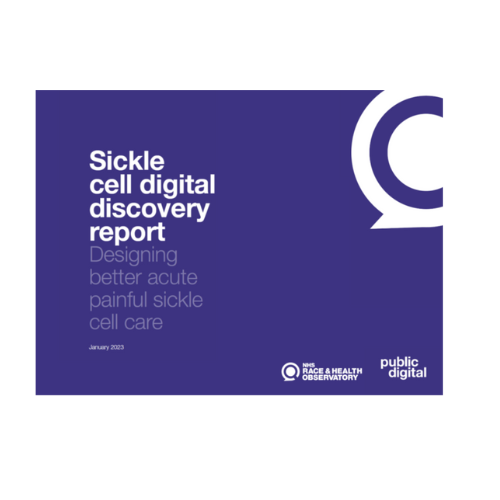
NHS Update Guidance On Blood Oxygen Monitors
In April 2021, the NHS Race and Health Observatory published a rapid review with recommendations into the accuracy of Pulse Oximeter readings for people from black, Asian and minority ethnic backgrounds.
Results shown below

In April 2021, the NHS Race and Health Observatory published a rapid review with recommendations into the accuracy of Pulse Oximeter readings for people from black, Asian and minority ethnic backgrounds.

“Health and care organisations must become better aligned in their duty of care to improve healthcare services for black and minority ethnic patients resulting in substantial shifts towards more positive outcomes for diverse communities.

One of the best things about my role is speaking to staff. Since becoming Interim Chair, I’ve tried to meet as many staff as possible. Not only is it a critical part of the role, but it’s also one of the parts of the job I enjoy most. And so, while talking to a member of staff from Birmingham and Solihull ICS, they took the opportunity to ask me ‘‘What does Windrush mean for the NHS?

This report sets out to understand the broad availability of digital products and services that currently exist. The report explores the range of technology that is in place for Accident and Emergency clinicians, red-cell specialists, and ambulance care, to aid timely support to sufferers on their emergency hospital arrival.

This report draws on a longer study we commissioned from The King’s Fund (Chauhan et al 2021).

This report represents one of many steps needed to help understand the factors that shape race inequality in health, including the forces of structural racism and discrimination, and to begin to respond to them with impactful changes. Knowing how the system works, and how it interacts with underserved communities, is an important step towards rebuilding that system in a way that truly has equality at its core. We invite those reading this report to join us on that journey.

Test

General interventions and medications such as hydroxyurea, morphine and blood transfusions were hit and miss, usually giving relief for a period but the sickling would return with vengeance.